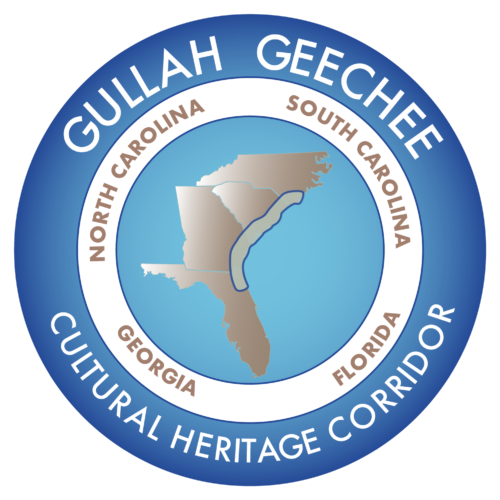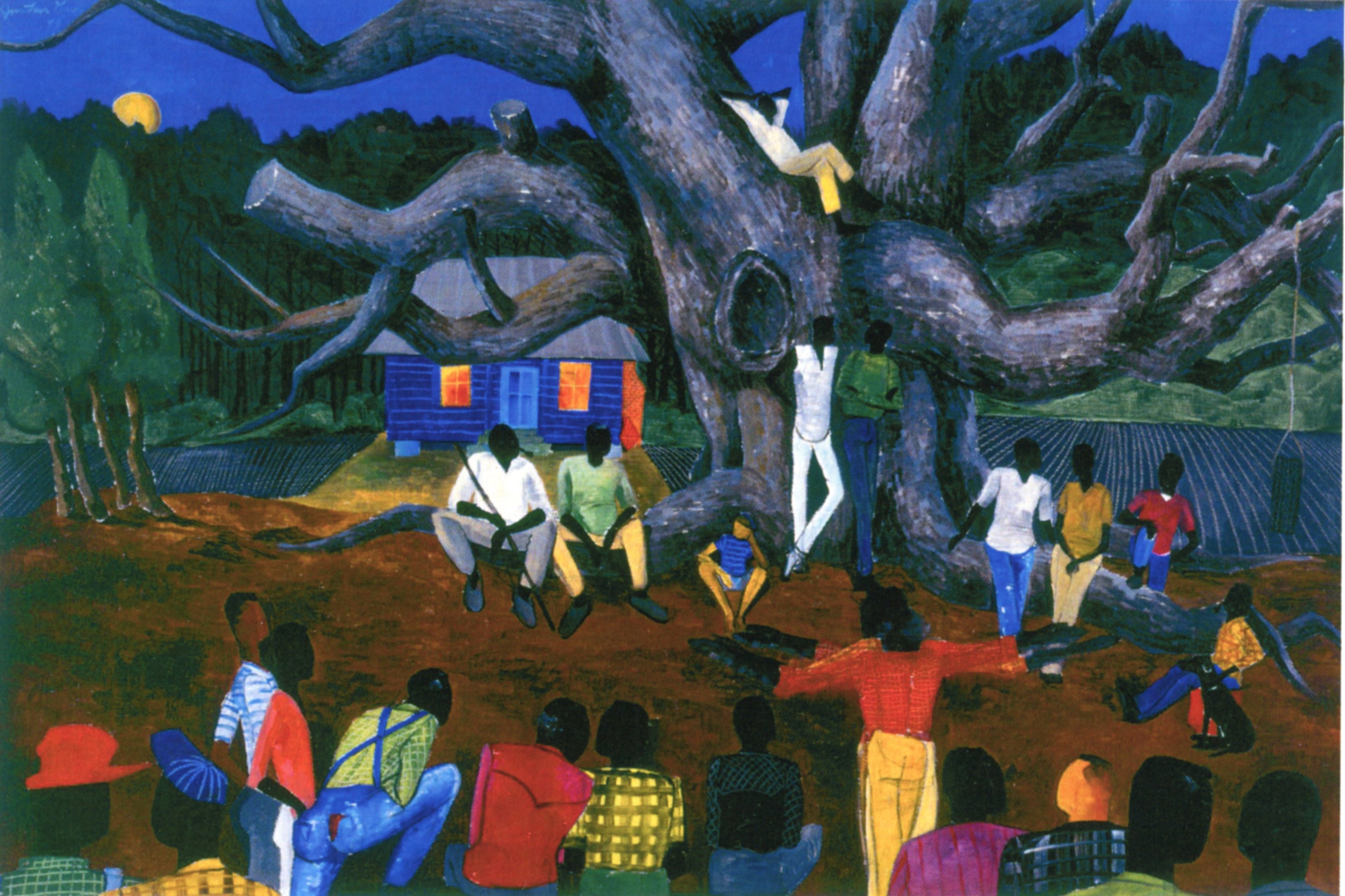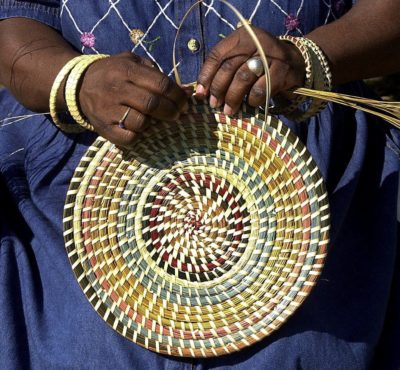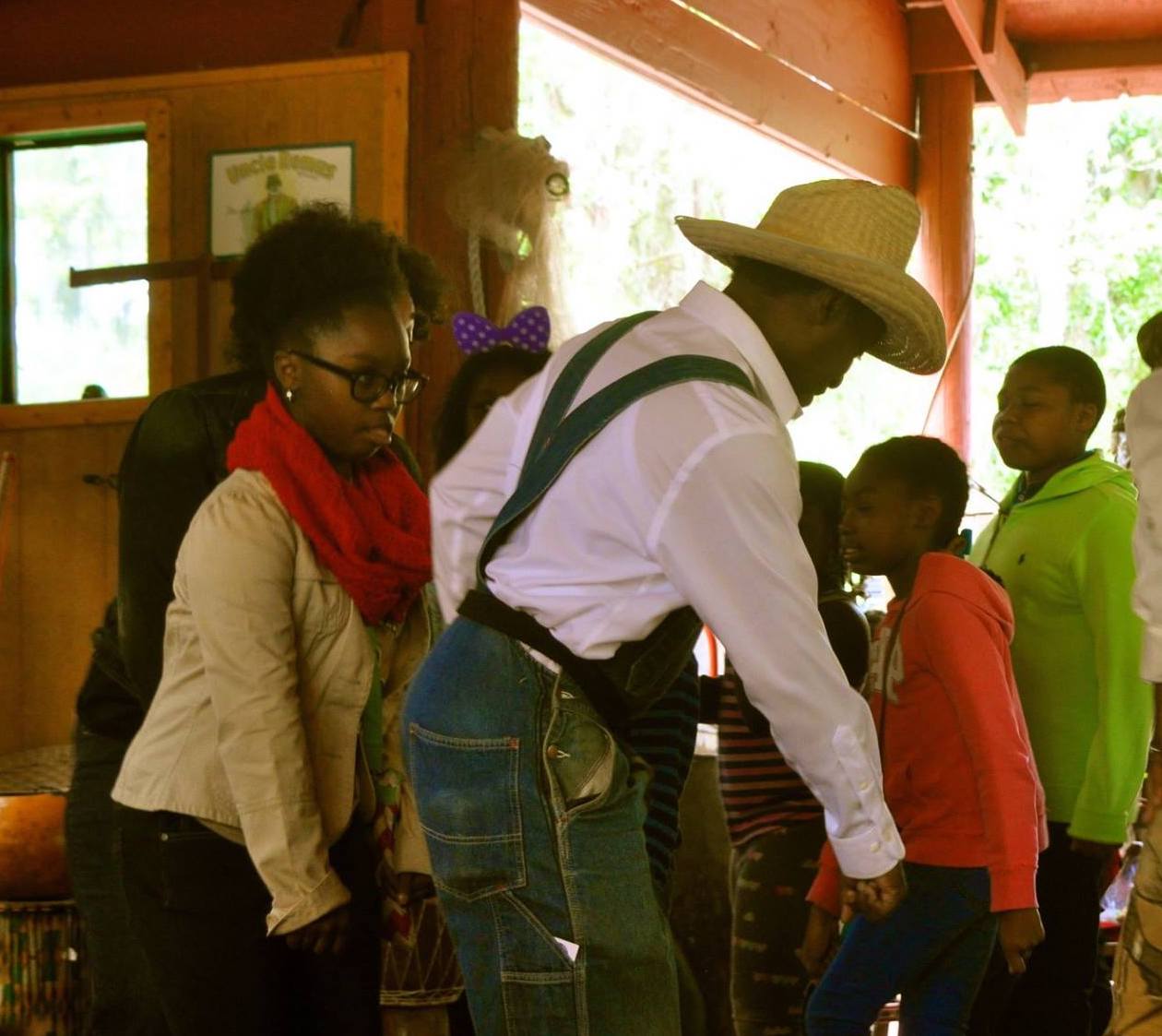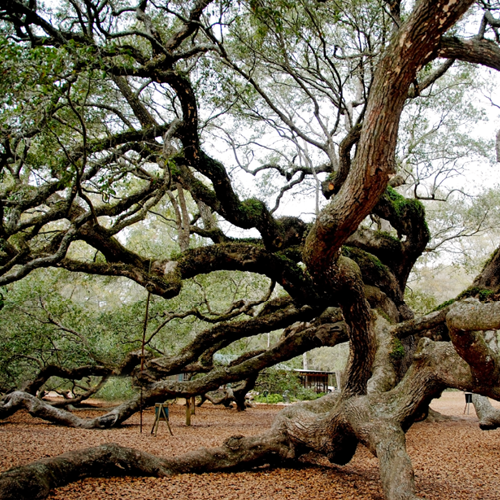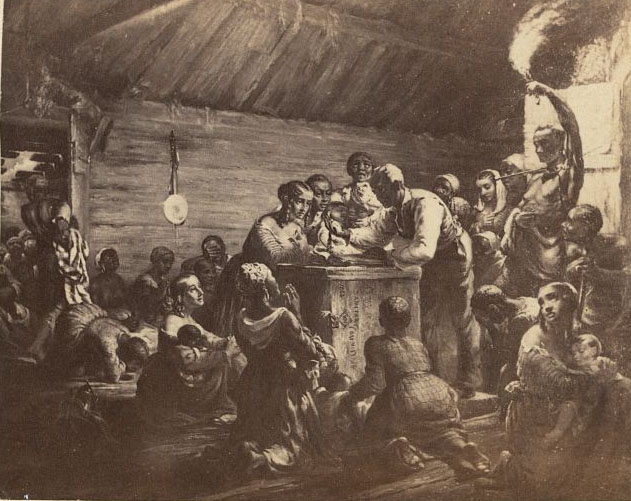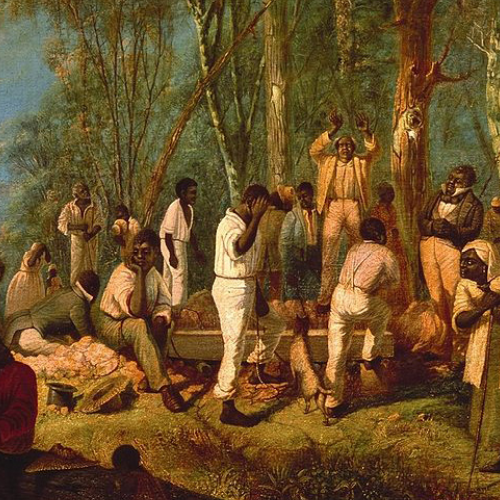
THE GULLAH GEECHEE PEOPLE
The Gullah Geechee people are descendants of Africans who were enslaved on the rice, indigo and Sea Island cotton plantations of the lower Atlantic coast. Many came from the rice-growing region of West Africa. The nature of their enslavement on isolated island and coastal plantations created a unique culture with deep African retentions that are clearly visible in the Gullah Geechee people’s distinctive arts, crafts, foodways, music, and language.
Gullah Geechee is a unique, creole language spoken in the coastal areas of North Carolina, South Carolina, Georgia and Florida. The Gullah Geechee language began as a simplified form of communication among people who spoke many different languages including European slave traders, slave owners and diverse, African ethnic groups. The vocabulary and grammatical roots come from African and European languages. It is the only distinctly, African creole language in the United States and it has influenced traditional Southern vocabulary and speech patterns.
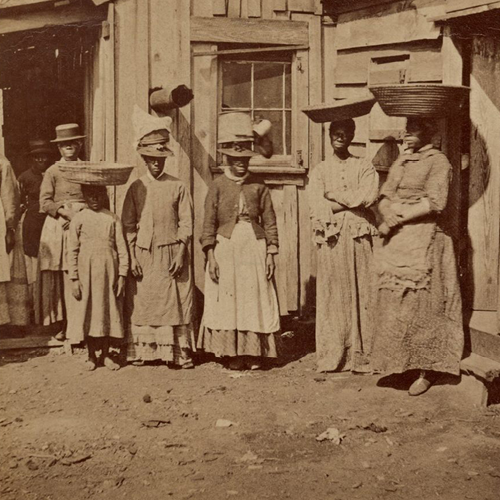
ARTS, CRAFTS AND MUSIC
The ancestors of the Gullah Geechee people brought to this country a rich heritage of African cultural traditions in art, foodways and music. Today’s Gullah Geechee arts and crafts are the result of products designed by their ancestors out of necessity for daily living such as making cast nets for fishing, basket weaving for agriculture and textile arts for clothing and warmth.
Deeply rooted in music traditions brought to the Americas by enslaved Africans, their music evolved out of the conditions of slavery that characterized their lives. The influence and evolution of musical forms that arose out of Gullah music can be heard in many musical genres such as spirituals and gospel music, ragtime, rhythm and blues, soul, hip hop and jazz.

FOODWAYS
The traditional Gullah Geechee diet consisted of items available locally such as vegetables, fruits, game, seafood, livestock; items imported from Europe, items imported from Africa during the slave trade (okra, rice, yams, peas, hot peppers, peanuts, sesame “benne” seeds, sorghum and watermelon), and food introduced by Native Americans such as corn, squash, tomatoes and berries. Rice became a staple crop for both Gullah Geechee people and whites in the southeastern coastal regions.
Making use of available food (or rations), making a little go a long way, supplementing with fish and game, leftovers from butchering and communal stews shared with neighbors were African cultural practices. African cooking methods and seasonings were also applied in Gullah Geechee homes and plantation kitchens. Because plantation cooks were primarily enslaved women, much of the food today referred to as “Southern” comes from the creativity and labor of enslaved cooks.
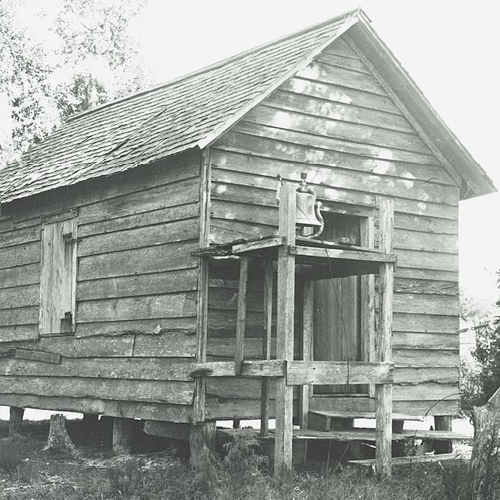
SPIRITUAL EXPRESSIONS
Religion and spirituality have a sustaining role in Gullah family and community life. Enslaved Africans were exposed to Christian religious practices in a number of ways and incorporated elements that were meaningful to them into their African rooted system of beliefs. These values included belief in a God, community above individuality, respect for elders, kinship bonds and ancestors; respect for nature, and honoring the continuity of life and the afterlife. Lowcountry plantations frequently had a praise house or small structure where slaves could meet for religious services.
